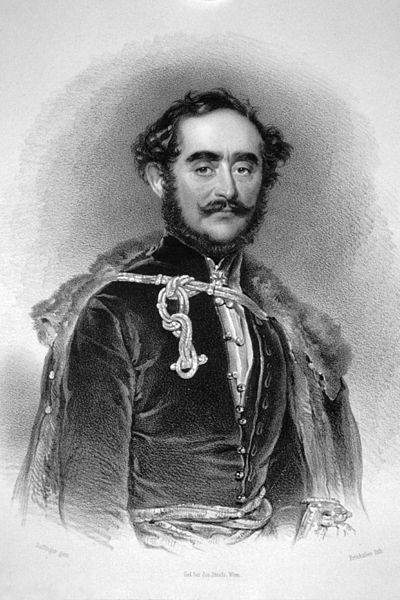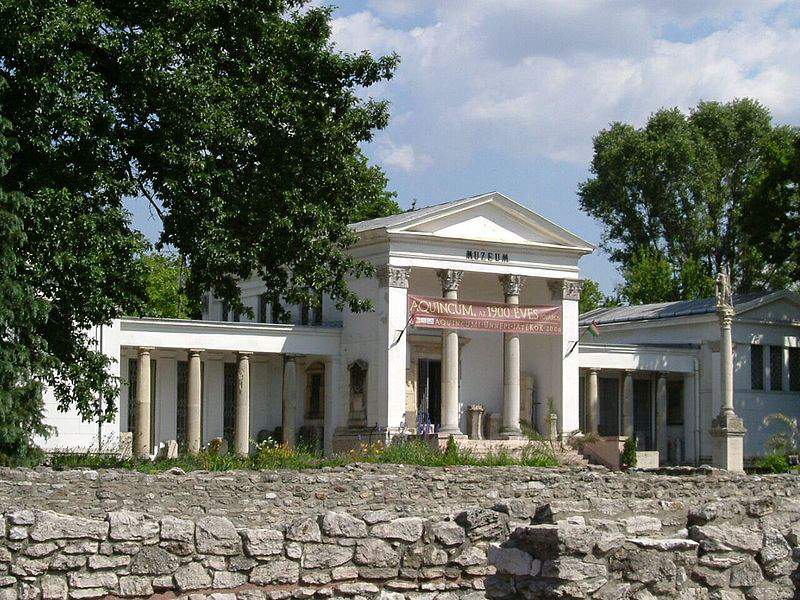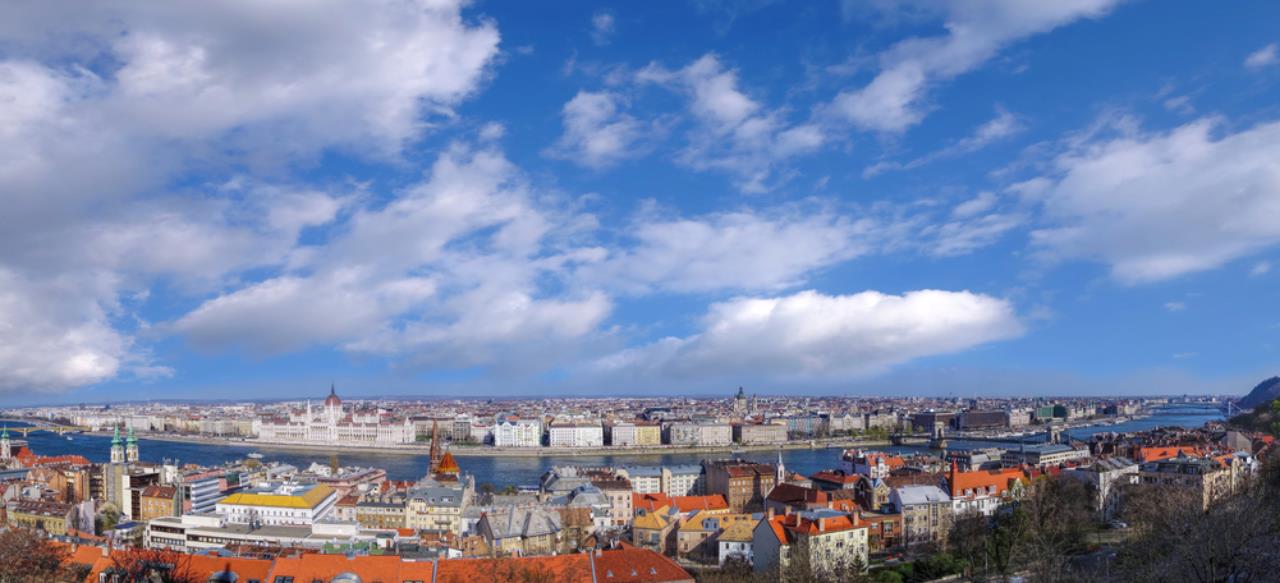The fascinating story of how Budapest got its iconic name

By Virág Papp, HellóMagyar
The vibrant city of Budapest, renowned for its stunning architecture and rich history, wasn’t always a unified metropolis. It emerged from the joining of three distinct settlements: Buda, Óbuda, and Pest. But what stories lie behind this historic union? In 1873, these three cities officially merged, and the name “Budapest” was chosen—a name that would soon resonate as the beating heart of Hungary.
Széchenyi’s vision
Interestingly, the idea of merging these twin cities had been proposed much earlier, in the 1830s. In 1831, István Széchenyi expressed his thoughts on the matter in his work Világ:
“The name of your capital should be changed to Budapest, which, in a few years or even months, would sound as familiar and natural as Bucharest. This union would bring the two cities together, which at present do not regard each other with the kindest eyes. What benefits would flow from this union, what a prosperous capital Hungary would have in a short time! Especially if the Diet were held not in Bratislava, so far from Transylvania and on the frontiers, but in the heart of the country… These cities should form one capital, not two; one, not divided and contradictory hearts.”

Count István Széchenyi, renowned for his contributions to Hungary—including the construction of the Chain Bridge—was a visionary who spoke several languages. He was dissatisfied with the name “Pest,” as it evoked the German words Pest and Peste (plague), as well as the Latin pestis. In an attempt to find a more harmonious name, he proposed several alternatives, including Bájkert, Dunagyöngye, Etelvár, and Hunvár.
Ultimately, Széchenyi advocated for Honderű. However, by the early 1840s, he abandoned this idea after it was pointed out that Honderű sounded uncomfortably similar to the French words honte (shame) and rues (streets), writes Miklós Szabolcsi in his work Honderű.

When the widely accepted name “Pest-Buda” was to be printed on maps, it became evident that the word Pest would fall on the Buda side of the Danube and Buda on the Pest side. This prompted a shift towards the more balanced name “Budapest” after the unification of Pest, Buda, Óbuda, and Margaret Island into a single capital.
Interestingly, the name “Budapest” appeared as early as 1846 in János Arany’s ninth canto of Toldi: “The city of Budapest is inhabited by many thousands.”
Why Buda and why Pest?
To trace the origins of these names, we must go back to Roman times. According to the Budapest Archives, Roman conquerors arrived in the area in the mid-2nd century BC. The Danube served as a natural border for the Roman province of Pannonia, where military camps were built at crossing points to defend the empire. Towns, such as Aquincum—located in present-day Óbuda—were established near these camps. By 103 AD, Aquincum had become the seat of Pannonia Inferior. Roman citizens built their stone houses and baths, enjoyed entertainment at the amphitheatre, and relied on the protection of the Roman army.

The origins of Buda
One theory suggests that Buda was named after the brother of Attila the Hun, who lived most of his life in the area and was revered for his contributions to the district. According to historical accounts, the name Buda was associated with a Roman settlement built on the site of Aquincum during the early Árpád era. This settlement only came to be known as Óbuda (Old Buda) after the Tatar invasion, when the Buda Castle, then called Újbuda (New Buda), was constructed.
Another explanation ties the name Buda to the area’s abundant thermal springs. The Latin word aqua (water) inspired the Roman name Aquincum. Similarly, the Slavic word voda (water) may have evolved into “Buda,” referencing the area’s rich natural springs.
Theories about the origin of the name Pest
From the mid-19th century onwards, an intriguing theory began to gain traction. Rómer Flóris, while studying the Roman fortifications along the Danube, hypothesised that there must have been a fortress in the area. He connected this to the 2nd-century geographer Ptolemy, who, in his Introduction to the Mapping of the Earth, mentioned a city named Jazy. Its geographical location was identified by the Romans with the site of Contra-Aquincum. The city’s name was recorded as Passion or Pesszion, but according to Lajos the Great, it had been altered by scribes from Pesztion—a name preserved by the Romans and later passed down to the conquering Hungarians.
The more widely accepted explanation, however, links the name to Gellért Hill on the Buda side of the Danube. In Slavic, pest means “cave” or “rock cavity,” and in Old Hungarian, the word pest referred to a furnace. Gellért Hill, home to a cave containing thermal springs, was thus referred to as “Pest Hill.” The settlement on the opposite side of the river subsequently inherited the name, as noted by Telex.
This fascinating “migration” of the name to the other side of the river is well-documented in early medieval sources. The German name for Buda, Ofen (Hungarian for “furnace”), shares a similar origin with the Slavic word pest, both meaning “cave” or “hollow” in the Southern German dialect. Interestingly, a pre-Tatar document refers to the settlement on the left bank of the river—modern-day Pest—as Ofen. However, over time, local Germans applied the name exclusively to the Buda Castle Hill.

You can read the Hungarian version of this article HERE.
Read also:
- The earliest coins minted in Hungary were discovered only recently: here is their incredible story
- From Ruins to Glory: How Budapest preserved its historical treasures





